A fine French Louis XVI ormolu mounted skeleton clock with full annual calendar, moonphase and twin thermometers Hubert Martinet, Paris/London, circa 1775 The four pillar two train going-barrel movement with tic-tac escapement regulated by short crescent-bob pendulum incorporating silk suspension to the five-wheel going train, the conforming strike train with outside countwheel for sounding the hours and half hour on a bell mounted within the marble plinth beneath via a vertically pivoted hammer, the break-arch frontplate applied with highly complex motionwork and the backplate extending upwards to form the lunettes for the enamel rolling moonphase disc, calibrated with the lunar month to outer track and driven via an arbor passing between the plates beneath, the 6.25 by 4 inch brass break-arch dial plate applied with convex white enamel Roman numeral centre with Arabic five minutes and concentric month-of-the year to outer track with each month annotated in French with its respective Zodiacal symbol, with sculpted pierced steel hands, the upper margin with twin subsidiary enamel dials for day of the week, again annotated in French, and date of the month beneath a further conforming annotated for the seasons applied to the apex, the lower margin with twin enamel roundels inscribed Martinet, London, the movement and dial raised on four double-ogee mounded uprights with engine-turned bands to waists and chased fruiting vine festoon mount to front, standing on a white marble plinth base applied with twin silvered baluster scale alcohol and mercury tube thermometers inscribed FAHRENHEIT and CELCIUS to the apex of each respectively and raised on mottled marble column bases flanking the clock, the front applied with an inset ormolu panel cast with putti gathering wheat, on six gilt toupe feet and with sunburst mask cast surmount over the lunar disc, 39.5cm (15.5ins) high; with a shallow-arch top glazed box cover standing on giltwood base, 46cm (18ins) high by 37cm (14.5ins) by 19cm (7.5ins) deep overall. Comparative Literature: Roberts, Derek, Continental and American Skeleton Clocks, Schiffer, 1989, pages.20-21 (figures. 9a, b and c). Hubert Martinet is a fine but enigmatic clockmaker who was active both in London and Paris during the 1770's and 1780's. Although little is recorded of his specific activities it is known that he worked as both a horloger and a mercier and was probably a descendant of the Martinot clockmaking family the first of whom was Gilbert Martinot who is recorded as clockmaker to Henry III in 1572. Hubert Martinet is perhaps best known for his magnificent musical automaton elephant clock of 1774 which resides in the at Waddeston Manor. Martinet is also mentioned by Geoffrey de Bellaigue as a marchand-bijoutier of another elephant clock formerly in the Rothschild collection; this example being a rare gilt bronze and Meissen porcelain example signed Gudin on the dial. In addition to these Bellaingne also mentions Trois pendules d'Eléphant finies 5000 (livres) included in an inventory of Martinet's stock drawn up after bankruptcy on 7th June 1777. One of these, featuring a white porcelain elephant ridden by a black mahout and surmounted by a Turk, had previously belonged to the marquis de Béringhen. The current lot belongs to a series of around half a dozen similar clocks signed by Martinet which were probably made in Paris for retail in London. In addition to the example illustrated by Derek Roberts another was offered at Sothebys, London on Wednesday 18th December 1996 (lot 284). Both of these differ from the present clock in that they do not stand on a base applied with thermometers. Another larger version resides at the Musée des Arts décoratifs et du Design de Bordeaux, whilst two separate identical examples, each this time standing on a base and including twin thermometers, have been offered by Richard Redding Antiques Ltd, London.
A fine French Louis XVI ormolu mounted skeleton clock with full annual calendar, moonphase and twin thermometers Hubert Martinet, Paris/London, circa 1775 The four pillar two train going-barrel movement with tic-tac escapement regulated by short crescent-bob pendulum incorporating silk suspension to the five-wheel going train, the conforming strike train with outside countwheel for sounding the hours and half hour on a bell mounted within the marble plinth beneath via a vertically pivoted hammer, the break-arch frontplate applied with highly complex motionwork and the backplate extending upwards to form the lunettes for the enamel rolling moonphase disc, calibrated with the lunar month to outer track and driven via an arbor passing between the plates beneath, the 6.25 by 4 inch brass break-arch dial plate applied with convex white enamel Roman numeral centre with Arabic five minutes and concentric month-of-the year to outer track with each month annotated in French with its respective Zodiacal symbol, with sculpted pierced steel hands, the upper margin with twin subsidiary enamel dials for day of the week, again annotated in French, and date of the month beneath a further conforming annotated for the seasons applied to the apex, the lower margin with twin enamel roundels inscribed Martinet, London, the movement and dial raised on four double-ogee mounded uprights with engine-turned bands to waists and chased fruiting vine festoon mount to front, standing on a white marble plinth base applied with twin silvered baluster scale alcohol and mercury tube thermometers inscribed FAHRENHEIT and CELCIUS to the apex of each respectively and raised on mottled marble column bases flanking the clock, the front applied with an inset ormolu panel cast with putti gathering wheat, on six gilt toupe feet and with sunburst mask cast surmount over the lunar disc, 39.5cm (15.5ins) high; with a shallow-arch top glazed box cover standing on giltwood base, 46cm (18ins) high by 37cm (14.5ins) by 19cm (7.5ins) deep overall. Comparative Literature: Roberts, Derek, Continental and American Skeleton Clocks, Schiffer, 1989, pages.20-21 (figures. 9a, b and c). Hubert Martinet is a fine but enigmatic clockmaker who was active both in London and Paris during the 1770's and 1780's. Although little is recorded of his specific activities it is known that he worked as both a horloger and a mercier and was probably a descendant of the Martinot clockmaking family the first of whom was Gilbert Martinot who is recorded as clockmaker to Henry III in 1572. Hubert Martinet is perhaps best known for his magnificent musical automaton elephant clock of 1774 which resides in the at Waddeston Manor. Martinet is also mentioned by Geoffrey de Bellaigue as a marchand-bijoutier of another elephant clock formerly in the Rothschild collection; this example being a rare gilt bronze and Meissen porcelain example signed Gudin on the dial. In addition to these Bellaingne also mentions Trois pendules d'Eléphant finies 5000 (livres) included in an inventory of Martinet's stock drawn up after bankruptcy on 7th June 1777. One of these, featuring a white porcelain elephant ridden by a black mahout and surmounted by a Turk, had previously belonged to the marquis de Béringhen. The current lot belongs to a series of around half a dozen similar clocks signed by Martinet which were probably made in Paris for retail in London. In addition to the example illustrated by Derek Roberts another was offered at Sothebys, London on Wednesday 18th December 1996 (lot 284). Both of these differ from the present clock in that they do not stand on a base applied with thermometers. Another larger version resides at the Musée des Arts décoratifs et du Design de Bordeaux, whilst two separate identical examples, each this time standing on a base and including twin thermometers, have been offered by Richard Redding Antiques Ltd, London.


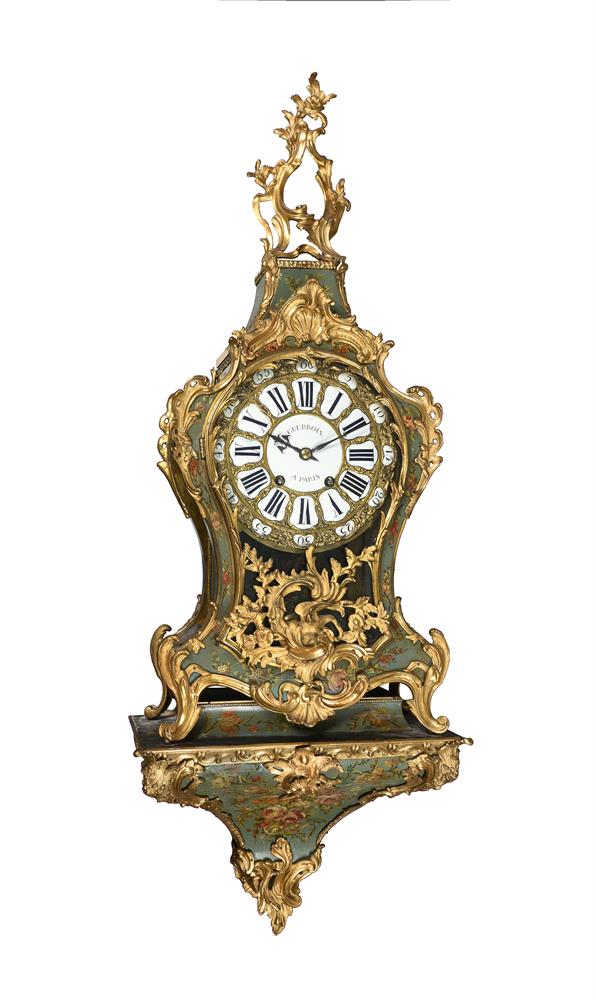


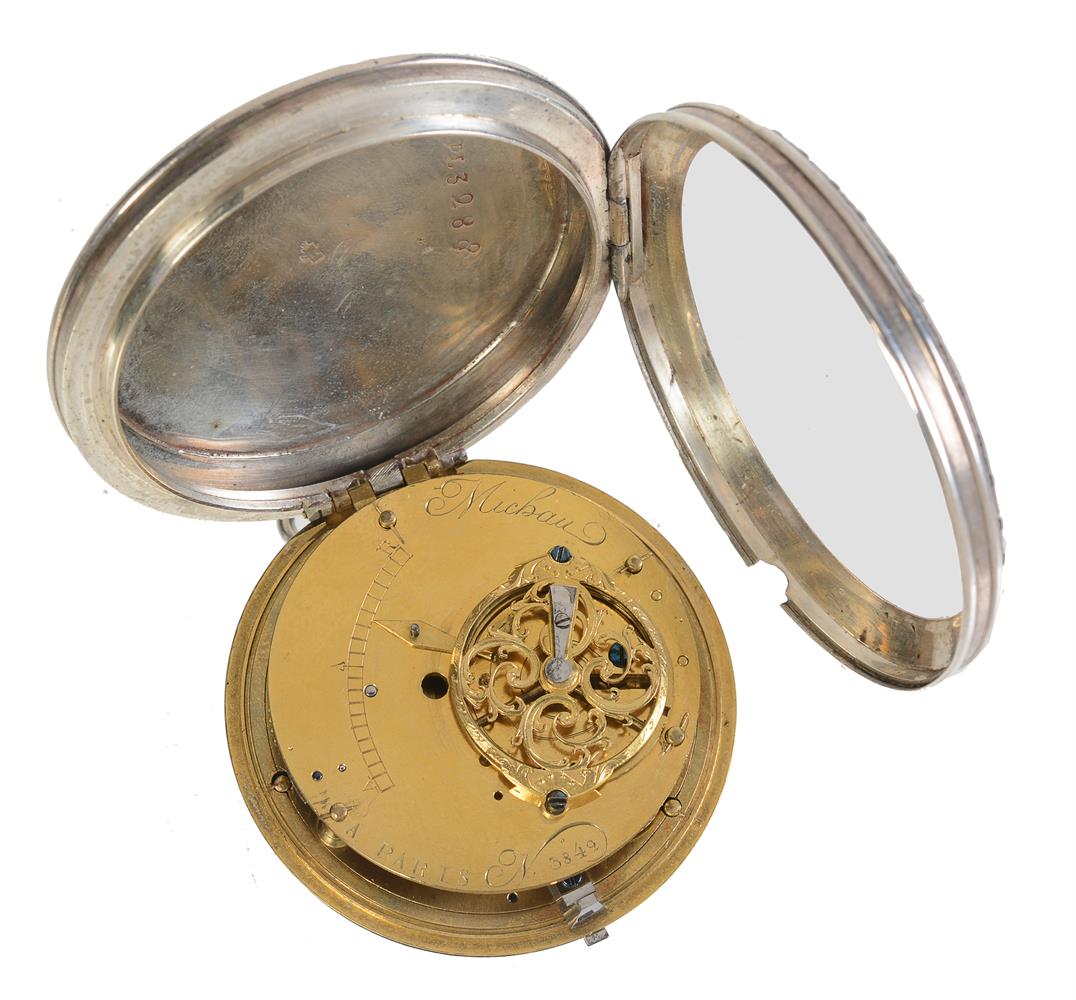
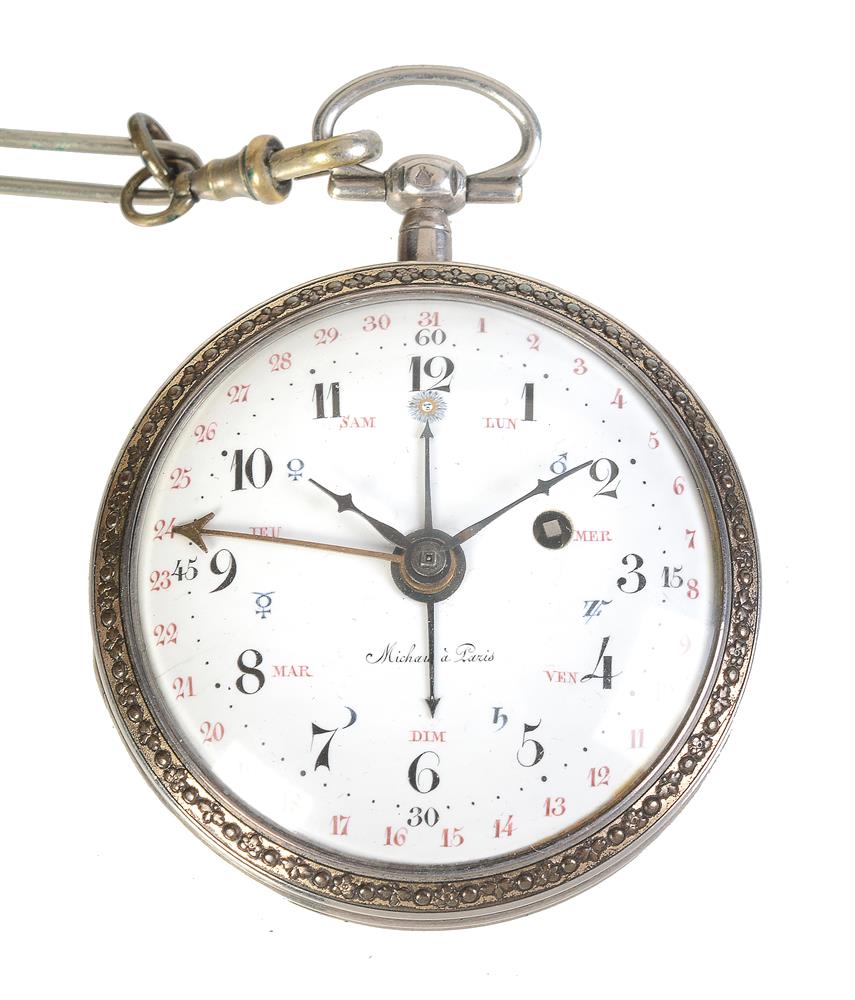

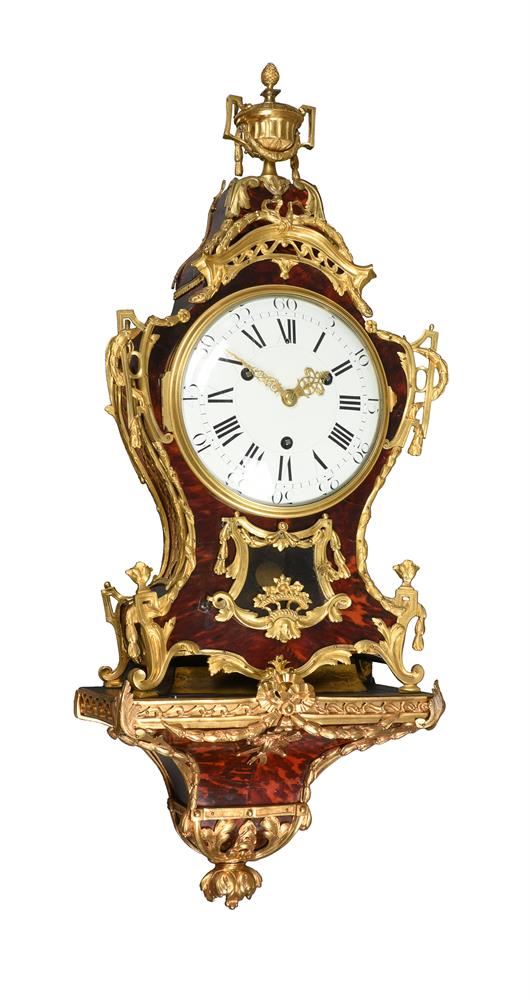
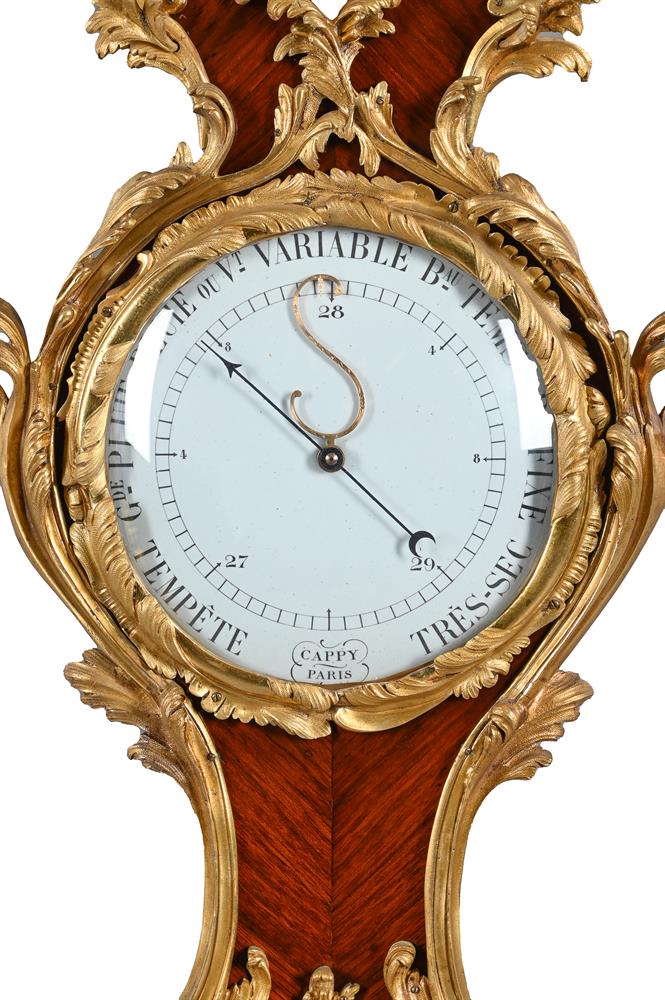




Testen Sie LotSearch und seine Premium-Features 7 Tage - ohne Kosten!
Lassen Sie sich automatisch über neue Objekte in kommenden Auktionen benachrichtigen.
Suchauftrag anlegen